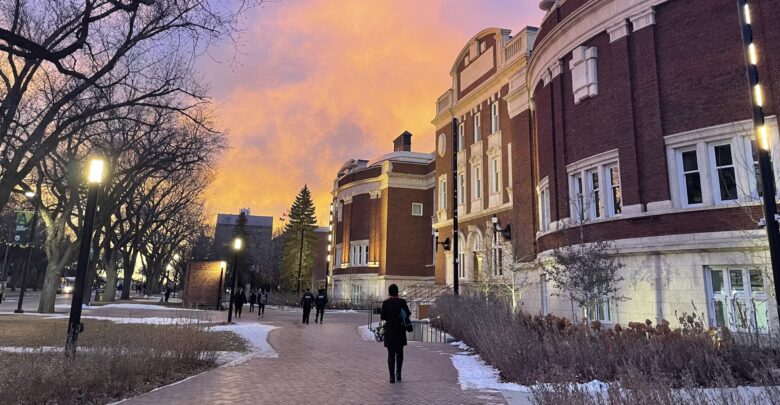 Lily Polenchuk
Lily PolenchukI can’t lie, free tuition sounds pretty damn nice. In the 2025 Students’ Union election, students will get to vote on whether or not the University of Alberta Students’ Union (UASU) should make that an advocacy goal. However, I’ve got to pop your bubble — it’s not a realistic ask.
Halt the Hike, an advocacy group focused on rising tuition costs, is behind the plebiscite question. If it passes, the UASU would likely amend its tuition advocacy to include advocating for free tuition and student loan forgiveness.
Rising tuition and other financial pressures are increasingly frustrating for students. I, like most other students, would love to have a free education. It could make access to post-secondary education far more equitable. But this isn’t a realistic goal at this moment.
We have a United Conservative Party (UCP) government for at least the next three years. The cuts to post-secondary funding makes it clear that the provincial government won’t be paying for free tuition. The plebiscite presentation recognizes that. So instead of advocating to the province, it calls for the UASU to advocate to the Government of Canada.
According to the presentation, it’d cost the federal government $3.3 billion to cover the cost of tuition for students. Presumably, this is an annual cost, though the presentation doesn’t specify that. The presentation does explain where the $3.3 billion could come from. The government could cut the Registered Education Savings Plan (RESP), which many families invest money into to pay for their child’s education. Additionally, the presentation says the government can redirect other tax credit funding and Labour Market Development Agreements (LMDA). But LMDA’s are vital to supporting employment assistance like Employment Insurance (EI). If the federal government cuts funding to that, that could leave post-secondary graduates with weaker supports as they go into the workforce.
Or, the other option the presentation offers, is the government could simply cut 75 per cent of its defence budget.
Unfortunately, free tuition is extremely unlikely considering Canada’s current political reality. The polls are showing that the Conservative Party of Canada will probably win a majority in the upcoming election. Likely, if the UASU goes to a Conservative government asking for free tuition, it will laugh in their faces. Especially if the UASU suggests cutting most of Canada’s defence spending to pay for it. Even the current Liberal Party government, if it was to somehow survive the next election, isn’t likely to be receptive to this idea.
Canada is under a lot of pressure from the North Atlantic Treaty Organization (NATO) to meet its defence spending requirements. Not to mention, the recent election of Donald Trump as president of the United States (U.S.) means these pressures are likely to increase. Frankly, it’s more likely the Canadian government will increase the defence budget.
It’s not completely uncalled for to ask the UASU to go further with its tuition advocacy. But how we ask the UASU to go about it is important. Currently, the UASU is focused on advocating for increased grants for students. If we jump right from asking for grants to asking for free tuition, we likely won’t make much headway. If we’re smart about what we ask for and how we do so, it’s more likely we’ll be able to enact some tangible change.
The presentation takes issue with how federal grants work, so why not focus on improving that first? The UASU shouldn’t entirely discredit grants — grants get some students through school. Instead of entirely bypassing the idea of grants, the UASU could push for a better grant system. The UASU could advocate for more federal funding to go directly to post-secondary institutions, instead of just to individual students and research projects. Increased funding directly to universities could help alleviate some of the financial pressure the U of A cites as the reason for annual tuition increases.
I want a free or at least cheaper education as much as the next broke, indebted university student. But asking a government that likely won’t listen for free tuition won’t get us very far. Rather, the UASU could start with asking for improvements to federal funding and grants before taking this gigantic leap. The federal government can do more for university students and the UASU should be asking for that. But this isn’t the way to go.




